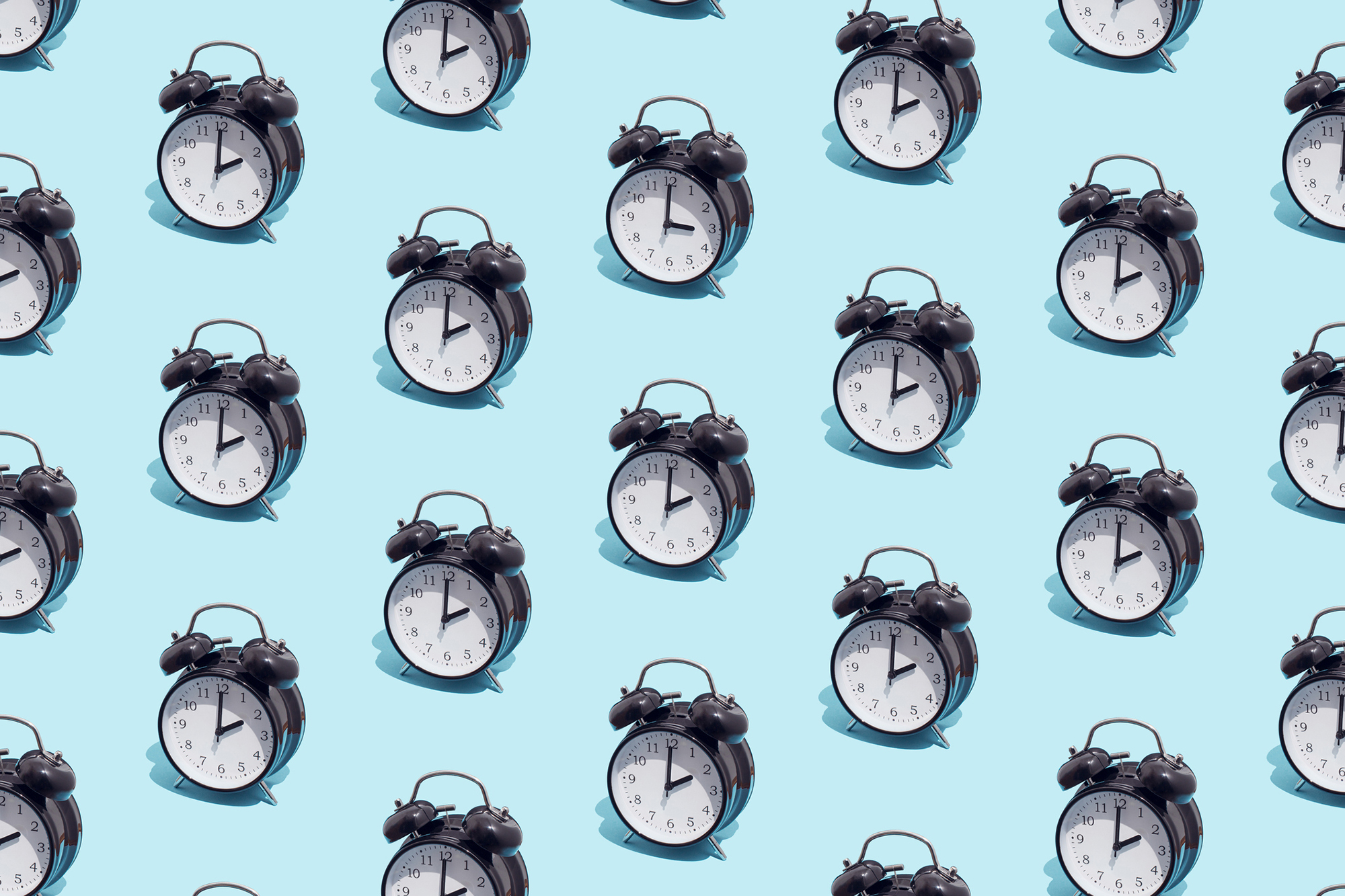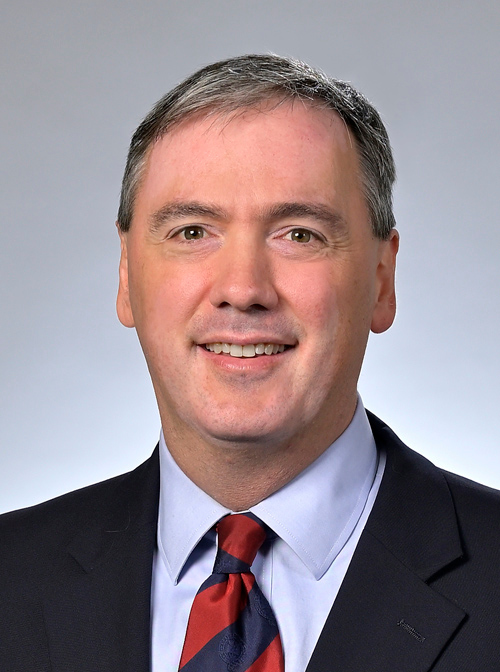In most places across the United States, Daylight Saving Time weekend is the time to shuffle around the house, fiddling with microwave and alarm clock displays. Daylight Saving Time ends at 2 a.m. Eastern Time on Sunday, Nov. 6, and clocks should be set back an hour.
In the autumn, this change means an extra hour of sleep for some, which seems innocuous enough. But twice-yearly time shifts can have serious consequences on health and well-being. The issue is significant enough that the U.S. Congress took it up earlier this year, the Senate passing the Sunshine Protection Act, which would maintain Daylight Saving Time year-round.
Though that bill now appears stalled in the House, the ramifications of “springing forward” and “falling back” aren’t going away. Penn Today spoke about the health effects with Philip Gehrman, an associate professor of clinical psychology in psychiatry at the Perelman School of Medicine. Below are some insights into the biology and psychology of time changes, and how to make this one a little easier.
Our circadian rhythms keep our bodies running on close to a 24-hour cycle, governing processes like our sleep and eating patterns.
“More and more, we see just how critical circadian rhythms are to health and wellness,” says Gehrman. “When we live out of sync with our circadian rhythms, it causes all kinds of problems.”
Night owls forced to wake early for work or school, for example, may suffer chronic sleep deprivation. Daylight Saving Time shifts can compound these effects, though Gehrman says most people adjust to the change in one to three days.
Yet research has revealed more serious consequences, particularly in the spring. Rates of fatal car accidents, heart attacks, and stroke tick measurably upward in the days following the lost hour.
“A major part of the problem is that we’re starting with a society that is already sleep-deprived,” Gehrman says. “When we take away that extra hour, it is the straw that breaks the camel’s back.”
During standard time, noon on the clock nearly matches “solar noon,” when the sun is highest in the sky. This is the closest approximation of a natural schedule for human beings, says Gehrman. “The whole time we’re on Daylight Saving Time, there’s kind of this artificial shift putting us out of sync with what our body is wired for.”
Some scientists suspect this mismatch underlies health and social ills, though the evidence is fuzzy. “If you lived out-of-sync with the environment for a week or two it might not be a big deal, but the question is, are there cumulative effects from doing that for eight or more months of the year?” Gehrman says. “There the data are not as strong as they are for the immediate effects, because it’s harder to detect changes and there is no control group because almost everybody is going through this.”
The Sunshine Protection Act would do away with changing the clock, which Gehrman and many other scientists believe would be beneficial. But because it would keep us out-of-sync with the sun, he believes maintaining standard time would be preferable.
Research suggests that our tendency to be an “owl” or “lark” is roughly a third related to genetic factors, says Gehrman. “If your parents were both night owls, there’s a good chance you may be too,” he says. Age factors in too, with teenagers more likely to keep later hours.
Less is known, however, about why some people struggle more with time shifts like the changing clock or jet lag. “The term I use is called circadian inflexibility,” Gehrman says. “There seem to be age-related effects, with younger people typically being more adaptable, more flexible with these changes, but otherwise we don’t know where that comes from.”
For most of human evolution, indoor lighting and light-emitting devices like cell phones were not a part of reality. Being in darker indoor environments during the day and scrolling on our phones at night also disrupt our circadian rhythms in notable ways, says Gehrman.
“I don’t think anyone is arguing that Daylight Saving Time is worse than these other things, but it’s an area where a policy-level intervention is possible,” he says. “We can’t legislate whether someone uses their phone at night.”
Indeed, while Gehrman considers proposals like the Sunshine Protection Act “moderately important” when it comes to sleep and circadian rhythm health, he says other interventions should be a higher priority.
“I would rather see some legislation around regulating shift work hours, for instance, which I think would have a greater societal impact,” he says.
In the absence of legislation to do away with the disturbance to our circadian rhythms, there are steps we can take as individuals to manage the changes.
When it comes to falling back, Gehrman says to enjoy the extra sleep on Sunday morning, knowing that Sunday night might be a different story. “Just anticipate you might not be able to fall asleep at your normal time,” he says. “Don’t try to force it; it’s better to wait until you naturally feel sleepy. And maybe don’t plan a really important meeting for first thing Monday morning.”
Gehrman and other clinicians also recommend certain practices year-round to maintain healthy sleep and circadian rhythms: limiting time on screens at night, increasing exposure to sunlight during the day, and being mindful of keeping a dark environment while sleeping.
“The key thing is to anticipate that this is going to happen and give your body that one to three days to adjust. Just take an acceptance approach.”
Philip Gehrman is an associate professor of clinical psychology in psychiatry at the University of Pennsylvania Perelman School of Medicine.



